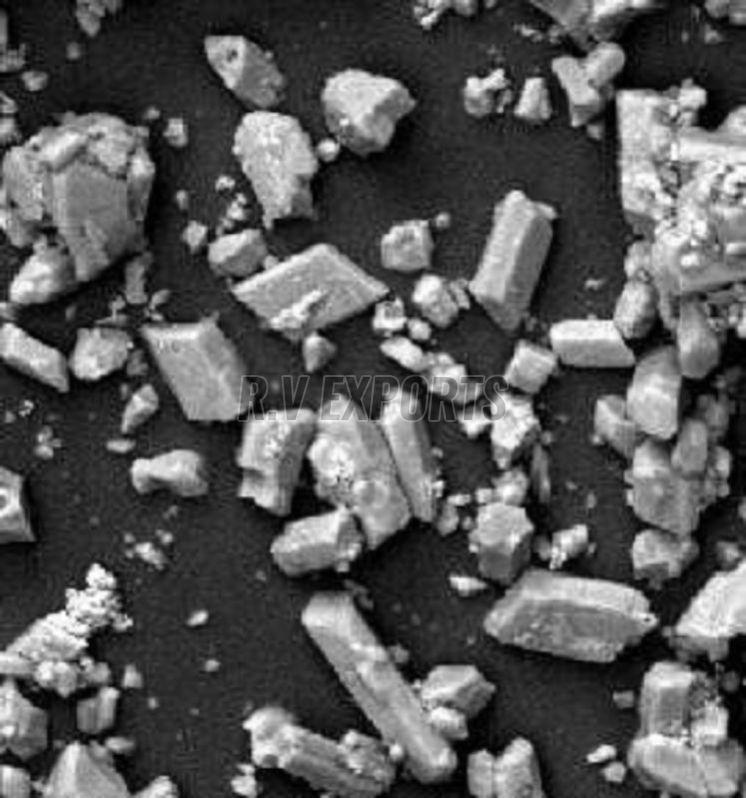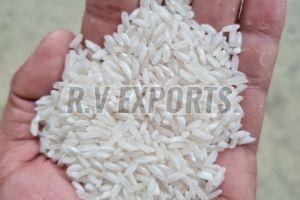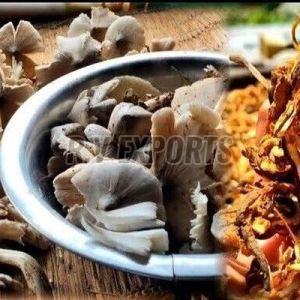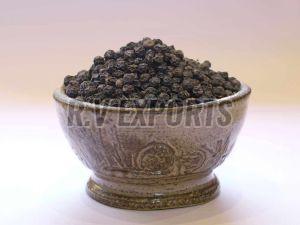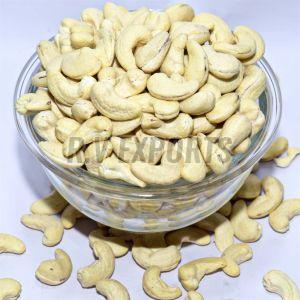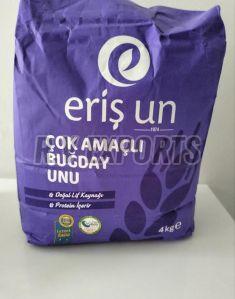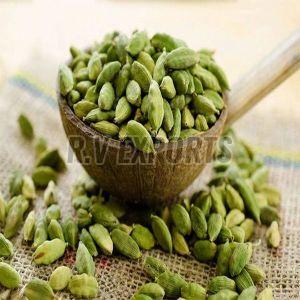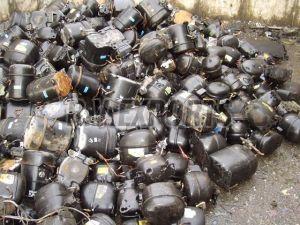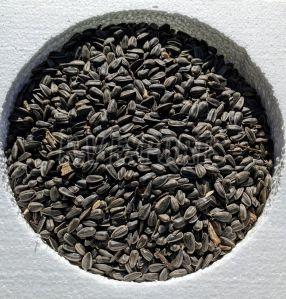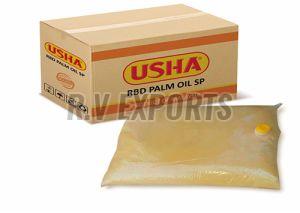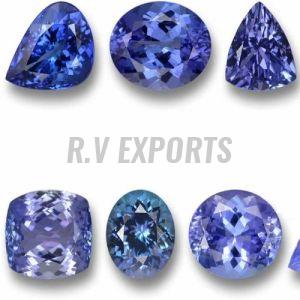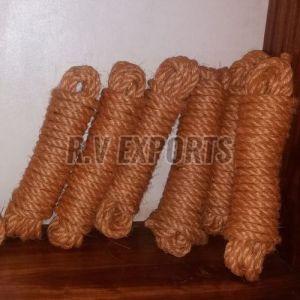- +255-697609421
rvexportltd@gmail.com
| Business Type | Manufacturer, Exporter, Supplier |
| Packaging Size | 20-30 Kg, 10-20 Kg |
| Grade Standard | Reagent Grade |
| Purity | 99.9% |
| Click to view more | |
Product Details
Application
Industrial
Form
Lumps
Packaging Type
Grey
Country of Origin
Tanzania
Payment Terms
D/A, D/P, T/T
Lithium aluminum hydride (LiAlH₄) is a white, odorless, inorganic solid that's used as a reducing agent in organic synthesis. It's also known as LAH.
- Properties Molar mass: 37.95 g/mol, Density: 917 kg/m³, and Melting point: 150 °C.
- Safety
- Highly reactive and pyrophoric
- Can cause violent fires
- Reacts violently with water, acids, and oxygenated compounds
- Can ignite in moist air or because of friction or static sparks
- Highly corrosive to eyes, skin, and mucous membranes
- Handling
- Researchers should be trained on the proper use of LiAlH
- Laboratories should have written SOPs for the proper use of LiAlH
- Extreme caution is used when handling LiAlH
- It is never left out on the bench for any extended period
- Systematic
- namelithium tetrahydridoaluminate
- AbbreviationsLAH
- Traditional namesLithium tetrahydridoaluminate, lithium aluminum hydride, lithium aluminum hydride, lithium alanate
- Chemical formulaLiAlH4
- Statewhite crystals
- Molar mass37.95 g/mol
- Density0.917 g/cm³
- T. divers.150 °C
- Enthalpy of formation-107 kJ/mol
- Solubility in diethyl ether25 g/100 ml
- Solubility in THF15 g/100 ml
- Crystal structuremonoclinic
- Reg. CAS number16853-85-3
- PubChem28112
- EINECS Reg. No.240-877-9
- SMILES [show]
- EC Reg. No.240-877-9
- RTECSBD0100000
- ChemSpider26150
- Data are given for standard conditions (25 °C, 100 kPa), unless otherwise stated.
Lithium aluminum hydride ( lithium alanate ) is an inorganic compound, a complex mixed hydride of lithium and aluminum with the formula Li[AlH 4 ], white crystals. A strong reducing agent used in organic synthesis. More powerful than other commonly used agents, such as sodium borohydride, due to the weaker Al-H bonds compared to B-H. Reduces esters, carboxylic acids and ketones to alcohols, nitro compounds to amines.
Looking for "Lithium Aluminium Hydride" ?
Kilogram

